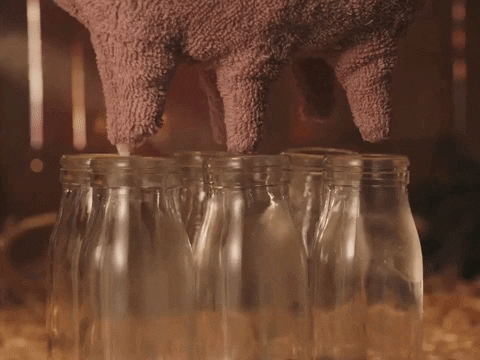Pump it up: Scientists led by Matt Wheeler at the University of Illinois Urbana-Champaign are pumping up milk production in a new breed of cattle that they have developed. The breed has been designed with subsistence farmers in Tanzania in mind, and produces up to 20 times the amount of milk as the indigenous breeds.
Think the milk production of Holstein and Jersey cattle combined with the superheat/drought/disease-resistance of Bos Indicus cattle, specifically Gyr(indigenous breed common in tropical areas). After five generations of crossing, the resulting cattle are 5/8 Holstein or Jersey, and 3/8 Gyr.
Why are we hearing about this now? March is calv- uh, embryo transfer season. Wheeler’s team has 100 Holstein-Gyr and Jersey-Gyr embryos ready for transfer at two Tanzanian locations next month. The resulting calves will be artificially inseminated, continuing the 5/8 and 3/8 ratio in pursuit of pure synthetics of the new breeds.
And how’s it going in Africa? Veterinarians and grad students are already being trained in embryo transfer and AI technology, so they will be ready when the embryos arrive.
Ultimately, these cattle will ideally bolster food security in areas that have been hit hardest by climate change, so the Tanzanian government is working hard to promote the success of the program.
Soundbite: “The whole idea is to keep the disease and pest resistance linked together with the milk production so that as you breed, those traits don’t separate. That’s going to be the challenge in developing countries; until you get to the pure synthetic generation, there will always be the temptation to breed to the bull down the road, losing the effect.” – Matt Wheeler, U.S. project lead and animal sciences professor for ACES.

